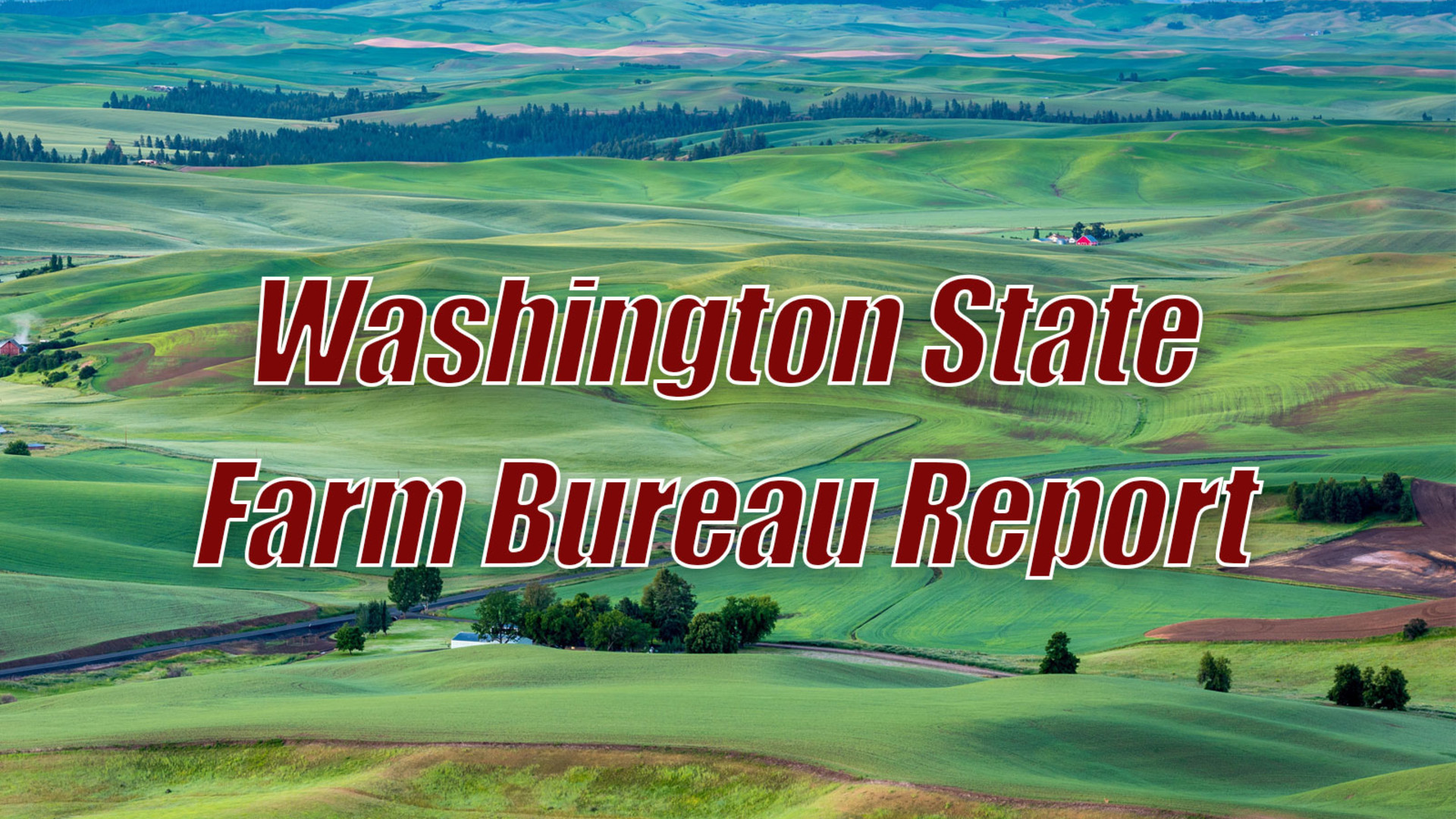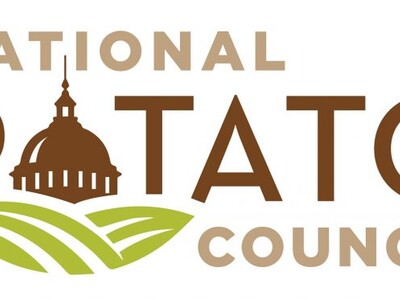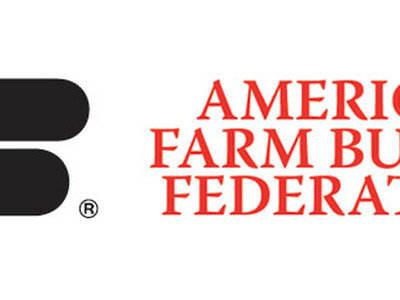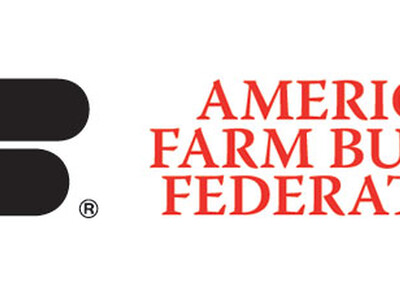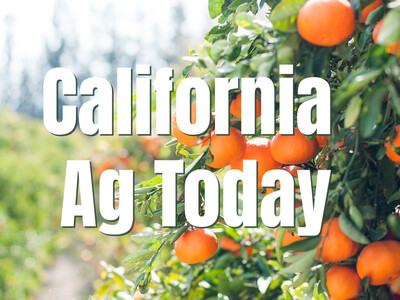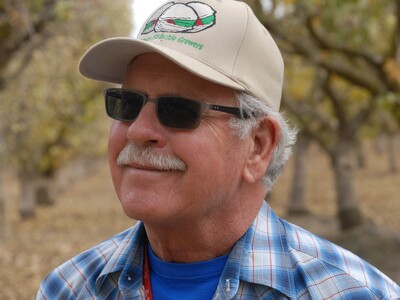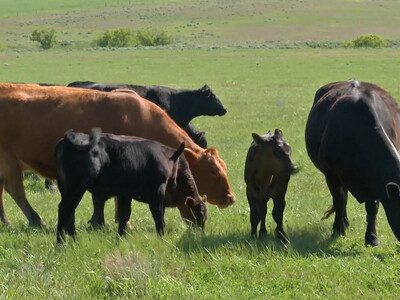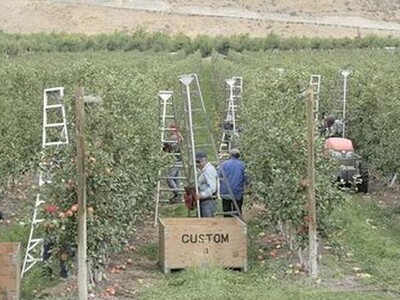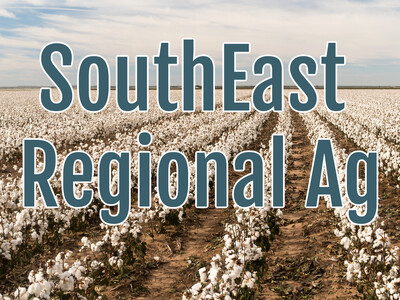Spartina Eradication
It doesn’t look like something that could disrupt ecosystems, destroy wildlife habitats, impact a state’s shellfish industry, or increase the threat of flooding, but Spartina, also known as common cordgrass, is a plant that can and has done all of these. Believed to have been introduced into Washington state in the 1960’s spartina flourished, and by 1995 became an aggressive and invasive plant species. That’s when the Washington State Department of Agriculture stepped in and became the lead state agency for the eradication of invasive spartina. Working with universities, Department of Fish and Wildlife, tribal governments, landowners, as well as a host of volunteers, WSDA efforts to eradicate invasive spartina has been highly successful, going from a statewide high of 9,000 solid acres infested in 2003, to a projected 12 solid acres in 2011. Northwest Ag’s Greg Martin reports on planned spartina treatments for the 2012 season.
MARTIN: Starting June 1, the WSDA will begin spartina survey and eradication efforts in Grays Harbor, Hood Canal, Willapa Bay, Puget Sound, the north and west sides of the Olympic Peninsula and the mouth of the Columbia River. Project partners expect to survey over 80,000 acres of saltwater estuaries and more than 1,000 miles of shoreline in 14 counties. WSDA and other cooperators will use techniques such as digging out small infestations, or treating larger sites with the herbicides. The state’s goal is to uncover new infestations and prevent spartina from returning to eradicated areas.
Spartina treatment season will continue through October.
I’m Lacy Gray and that’s Washington Ag Today on the Northwest Ag Information Network.


